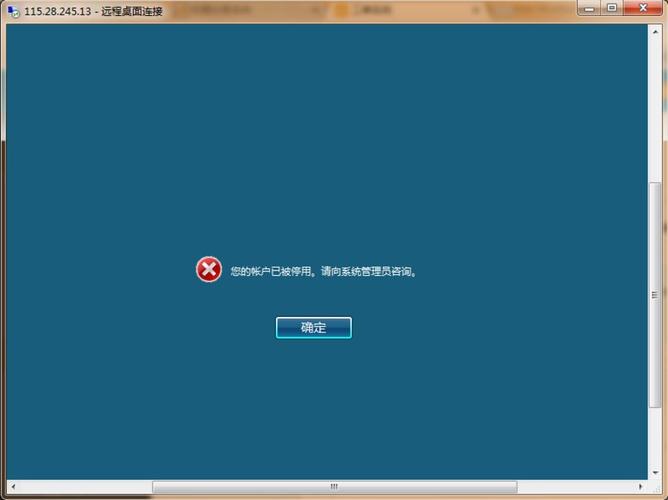上一篇
html服务器代码
- 行业动态
- 2025-05-02
- 3156
要创建简单的HTML服务器,可使用Node.js编写:
const http=require('http');http.createServer((req,res)=>{res.end('Hello Server')}).listen(8080);HTML服务器代码基础
静态HTML服务器
静态HTML服务器仅用于提供静态文件(如.html、.css、.js),无需后台逻辑处理。
示例:使用Node.js创建静态服务器
const http = require('http');
const fs = require('fs');
const path = require('path');
const server = http.createServer((req, res) => {
// 设置默认文件为index.html
let filePath = 'public/index.html';
// 处理路径映射
if (req.url !== '/') {
filePath = path.join('public', req.url);
}
fs.readFile(filePath, (err, data) => {
if (err) {
res.writeHead(404, { 'Content-Type': 'text/plain' });
res.end('404 Not Found');
} else {
res.writeHead(200, { 'Content-Type': 'text/html' });
res.end(data);
}
});
});
server.listen(8080, () => console.log('Server running at http://localhost:8080'));动态HTML服务器
动态服务器可处理表单提交、数据库交互等逻辑,需结合后端语言(如Node.js、PHP、Python)。

示例:Node.js动态路由处理
const express = require('express');
const app = express();
// 解析POST请求体
app.use(express.urlencoded({ extended: true }));
// 静态文件服务
app.use(express.static('public'));
// 动态路由
app.post('/submit', (req, res) => {
const name = req.body.name;
res.send(`<h1>Hello ${name}!</h1>`);
});
app.listen(3000, () => console.log('Server on port 3000'));服务器端技术对比
| 技术 | 适用场景 | 特点 |
|---|---|---|
| Node.js | 高并发I/O操作 | 事件驱动、非阻塞、JavaScript开发 |
| PHP | Web应用快速开发 | 广泛主机支持、内置Web服务器 |
| Python Flask | 小型服务、API开发 | 轻量级、扩展性强 |
| Java Spring | 企业级应用 | 稳定性强、生态完善 |
关键配置说明
端口绑定
server.listen(8080):指定服务器监听端口。localhost:8080:通过本地地址访问。
MIME类型设置
Content-Type: text/html:告知浏览器返回内容类型。- 需根据响应数据调整(如
application/json)。
路径处理
req.url:获取请求路径。path.join():安全拼接文件路径,避免目录遍历攻击。
问题与解答
问题1:静态服务器和动态服务器的核心区别是什么?
答:静态服务器仅提供预定义的HTML/CSS/JS文件,无法处理业务逻辑;动态服务器可实时生成HTML(如渲染用户数据),支持数据库操作、表单处理等交互功能。
问题2:如何选择服务器端技术?
答:根据项目需求:
- 若需高并发实时应用(如聊天室),优先选Node.js;
- 若主机环境已支持PHP(如共享主机),可选PHP;
- 若追求快速开发小型服务,Python Flask更合适;
- 企业级复杂系统建议用Java Spring















